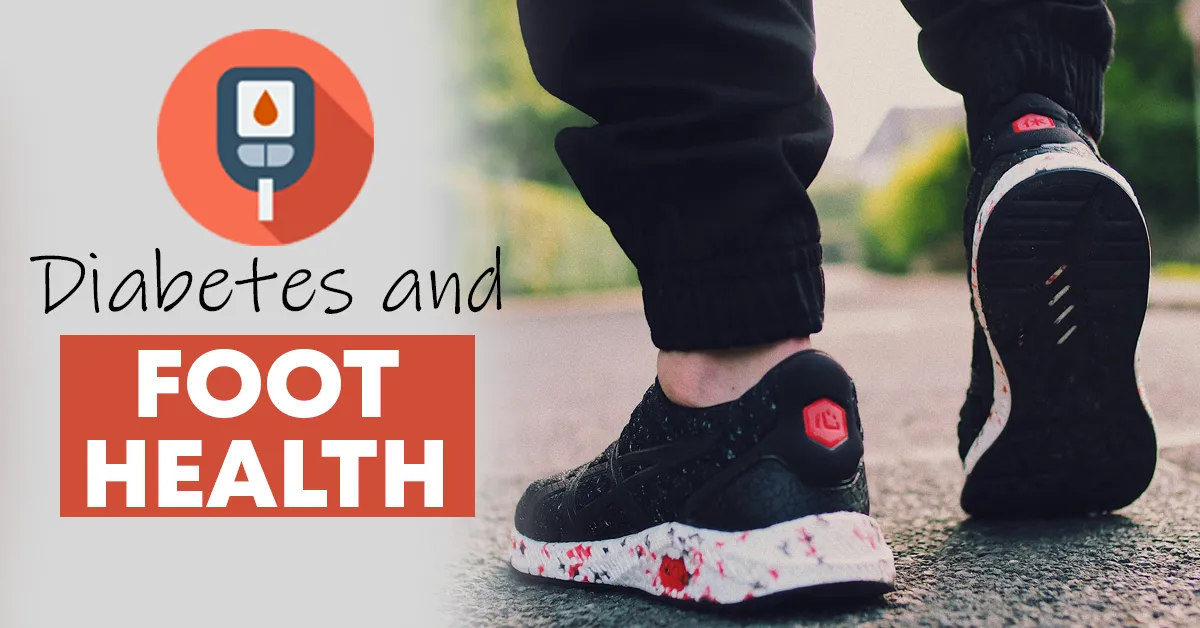The CDC estimates about 1 in 10 Americans have diabetes. Type 2 diabetes is the most common type of diabetes by a significant margin.
Diabetes can cause health complications in several parts of your body including your heart, kidneys, feet, hearing, vision, and more. In this post, we will highlight the complications diabetes can cause for your feet.
Approximately 38 million Americans are living with diabetes according to the CDC. Among all of the lower-limb amputations that occur in the United States, an estimated 80% are the result of diabetes. This includes the removal of a toe, foot, or leg.
What is Type 2 Diabetes?
Your pancreas produces insulin, which helps the sugar you consume make its way through your body to be used as energy. When you have type 2 diabetes though, your pancreas is unable to produce enough insulin to manage your sugar.
Your cells also respond poorly to insulin and thus can absorb less sugar. This makes you “insulin resistant.”
Without sufficient insulin, this process eventually results in high blood sugar and diabetes.
How Does Diabetes Affect Your Feet?
Diabetes can damage nerves and cause poor blood flow due to high blood sugar. It is more difficult for injuries to your legs or feet to heal if blood flow is limited due to diabetes.
Your feet and legs are the most common place for diabetic nerve damage to occur. Nerve damage can result in a lack of feeling in your feet.
Without feeling in your feet, you would be unaware of pains on your feet, like cuts, sores, or blisters. Wounds to your feet that will not heal or become infected may require amputation.
If you have diabetes, it is necessary to visually inspect your feet daily for injuries.
What Safety Precautions Should You Take for Your Feet if You Have Diabetes?
– Wash your feet daily, including drying between your toes
– Keep toenails trimmed and filed down
– Always wear shoes and make sure they fit well
Additional recommendations from the American Diabetes Association
What Can You Do?
If you are diabetic or prediabetic, it is crucial to see your primary care provider regularly to ensure you are keeping your diabetes under control.
Look over your feet regularly. If you have a cut or blister on your foot that will not heal, see your provider to have it checked out.


